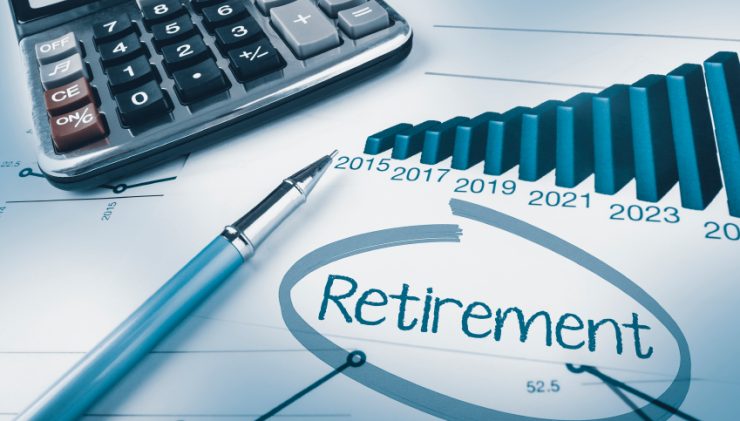 5 Employee Benefits Trends Shaping 2025
5 Employee Benefits Trends Shaping 2025The good news is that participation is up. Aon Hewitt reports a participation rate of 79 percent for employees with access to a 401(k) plan, the highest participation rate since 2002. Contributions are up as well with 2014 account balances exceeding $100,000.
On the other hand, fewer employees are making changes to their portfolios and the number of 401(k) loans has increased. Fidelity reports that 22.5 percent of its investors borrowed from their retirement accounts in 2014.
These trends indicate employees understand the importance of saving for retirement, but may be uncomfortable making portfolio decisions. The uptick in 401(k) loans coincides with a report from LIMRA that indicates more than one third of Americans are stressed about their household finances. Employers often find that financial stress is high among employees requesting 401(k) loans and financial stress often translates to decreased productivity.
Financial wellness in the benefit package
Many employers are concerned about the financial health of employees and see a correlation between financial wellness programs and improved employee productivity. The Bank of America Merrill Lynch 2015 Workplace Benefits Report indicates that employers of all sizes believe workplace financial programs improve the bottom line because employees were more productive, more engaged, more loyal and satisfied.
As with most employee benefit trends, large companies are leading the way with financial wellness programs. Mid-sized and small employers are also making headway.
Three ways to promote financial literacy and retirement savings
Offering financial education to employees doesn’t have to be a complicated undertaking. Start small. These three components will get your program off to a good start:
1. Cover basic financial literacy topics – Employees are interested in help with debt management, budgeting, and good savings habits. Several websites provide templates and tools for budgeting, reducing debt and more. Ask your insurance or financial planning partner to provide a complimentary seminar or brown bag lunch series at your worksite.
2. Promote retirement readiness – Even employees who contribute to 401(k) plans feel unprepared for retirement. A simple rubric for recommended savings levels by age helps make an abstract future retirement goal more concrete. Fidelity recommends a retirement savings account value equal to the salary at age 35 and increasing up to eight times the final salary by retirement age.
3. Offer one-on-one meetings with a financial advisor – Employees favor accessing a financial professional through their employers. More than half of millennials say they would take advantage of the opportunity. Leverage your existing financial partners to bring in this complimentary service.
Financial wellness programs are a growing benefit trend. 73 percent of all employers believe these programs will be part of most standard benefit packages within the next 10 years. Contact us for more information on retirement planning and other benefits for your employees.



